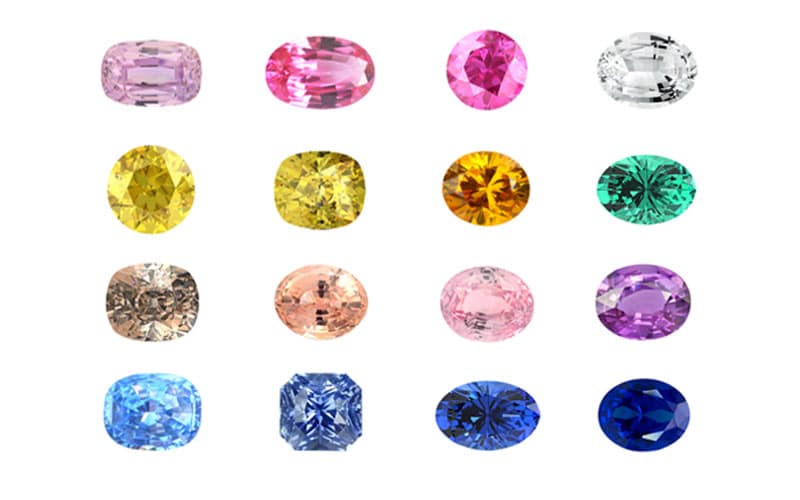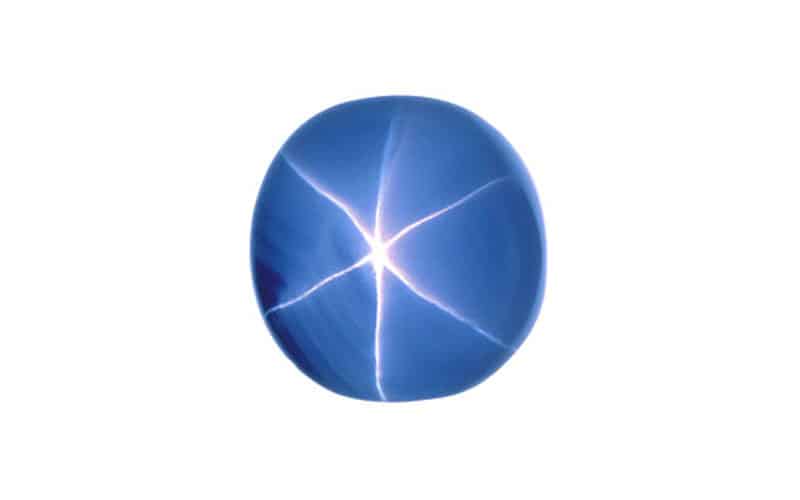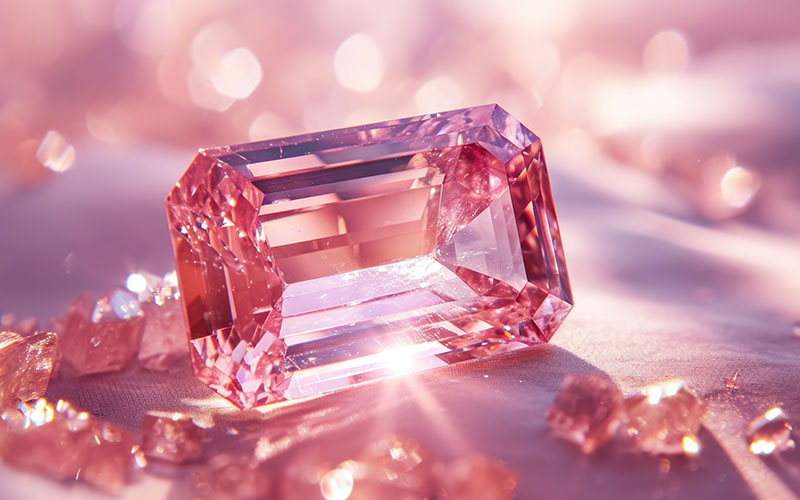As the leaves begin to change color and summer’s warmth yields to the crispness of autumn, September ushers in a new season of beauty and wonder. It is a month of transition, and fittingly, its birthstone, the sapphire, embodies the very essence of this change. Here are several fun facts and historical points of interest about this remarkable gemstone.
1. A Rainbow of Colors
The name sapphire is derived from the Greek sappheiros, which means blue – the most traditional and sought-after color for sapphires. These gemstones come in a remarkable spectrum of blues, ranging from velvety midnight blue to lighter, ethereal shades reminiscent of a serene sky at dawn. In fact, sapphires exhibit such a vast array of blue tones that the term “cornflower blue” was coined to describe the shade often associated with the finest sapphires. With that said, sapphires come in a variety of colors, such as pink, yellow, green, purple, even colorless – referred to as “white sapphire,” which can be mistaken for diamond.

2. The Celestial Connection
Sapphires have long been associated with celestial forces and heavenly protection. In ancient times, people believed that sapphires were a direct connection to the divine. The Ten Commandments of Judaism and Christianity were said to be engraved on tablets made of sapphire. This association with spirituality extended to medieval Europe, where sapphires adorned the robes of the clergy, symbolizing purity and holiness.
3. Star-Crossed Sapphires
One of the most enchanting varieties of sapphire is the star sapphire, known for its unique asterism. This phenomenon occurs due to needle-like inclusions within the stone that create a mesmerizing star-shaped pattern on the surface when illuminated. The most famous star sapphire is the “Star of India,” which resides in the American Museum of Natural History. This enormous gem, weighing an astonishing 563.4 carats, boasts a captivating star pattern.

4. Royal Cousins
There is one color in which sapphire doesn’t occur. When sapphire’s mineral species contains trace amounts of chromium, and nothing else, it will cause the gemstone to become red, or purplish red. When that happens the gemstone is no longer considered a sapphire: it becomes classified as a ruby, the birthstone of July. Much like sapphire, Ruby enjoys a long association with nobility and clergy.

5. Romance and Royalty
Throughout history, sapphires have adorned the crowns, tiaras, and jewelry of royalty and nobility. Perhaps one of the most iconic sapphire engagement rings is the one worn by Princess Diana and, subsequently, Kate Middleton. This stunning 12-carat sapphire surrounded by diamonds continues to inspire romantics worldwide.

6. Healing Powers
In addition to their beauty, sapphires have been associated with a variety of metaphysical healing properties. Ancient civilizations believed that sapphires could protect against poison and negative energies, which contributed to their popularity among warriors and rulers. Even today, some believe that sapphires bring inner peace and clarity to the wearer, fostering mental and emotional balance.

7. Sapphire Sources
Sapphires are found in various locations around the world, including Sri Lanka, Myanmar, Thailand, Madagascar and more recently Montana. One of the most famous sources of sapphires is Kashmir, known for producing some of the most exquisite, vividly blue gems in the world.
For those born in September, the sapphire birthstone carries special significance. It symbolizes wisdom, loyalty, and nobility – qualities that resonate with the personalities of many September-born individuals. From its celestial connections to its popularity as adornment today, there is no doubt that sapphires continue to enchant and captivate those who admire them.
So, whether you’re celebrating a September birthday or simply drawn to the enchanting world of gemstones, the sapphire is a treasure worth exploring and cherishing.





